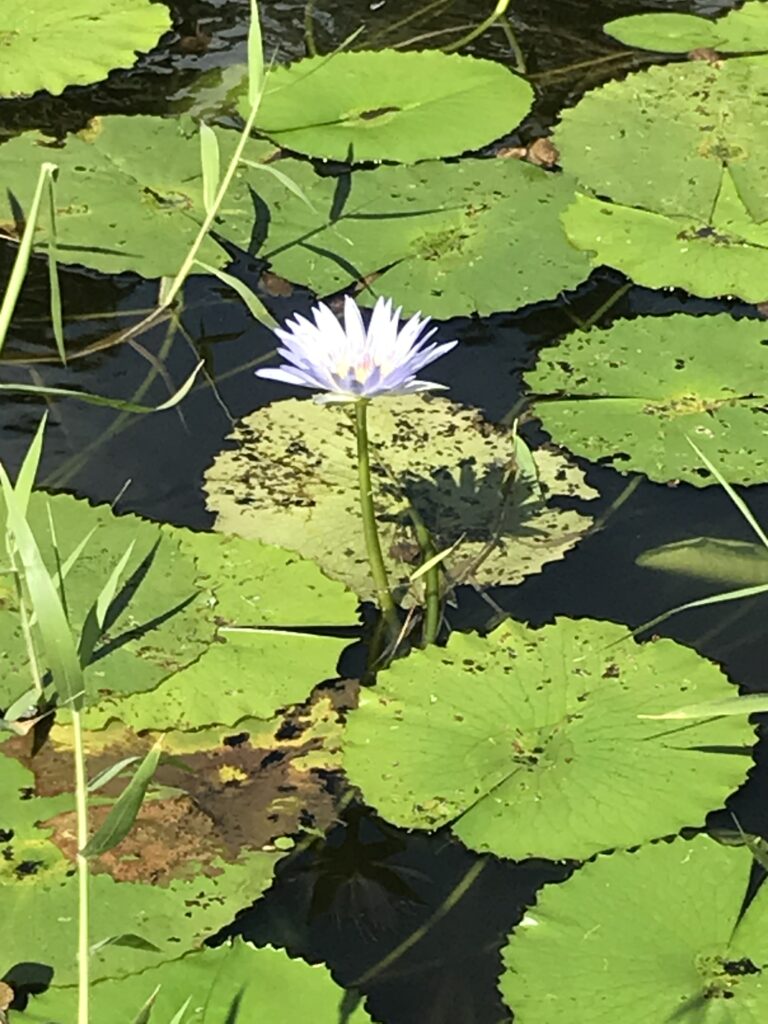One year we went to Hawai’i a week early to explore the Big Island on our way to Kaua’i. We landed in Kona/Kailua, rented a car, and found our way to our hotel on the beach in Kailua. Already, the island of Hawai’i has a different feel from Kaua’i.
The Big Island is BIG! It is about the same size as the state of Connecticut, about 4,050 square miles, and is still growing regularly thanks to the Kilauea Volcano on the eastern coast of the island, which keeps erupting. All of the other islands in the main Hawaiian chain could fit inside it nearly twice! Also, it is the youngest of the Hawaiian Islands. It’s climate is diverse, having all but four of the world’s different climate zones, ranging from Wet Tropical to Polar Tundra.
Hawai’i was the home island of King Kamehameha the Great. Kamehameha united most of the Hawaiian islands under his rule in 1795, and gave the kingdom and the island chain the name of his native island, Hawai’i.
Our first adventure was to the Honokōhau Beach on the coast south of the airport. A paved guided walking tour explains how the Hawaiian people lived for centuries. The area is filled with lava which makes one wonder how the inhabitants grew crops and got food. Other dirt, lava trails cover the reserve. We followed a coastal trail that went to the fishponds where the native Hawaiians got their food. The ponds attracted seabirds as well. They lived on the birds and fish, native to the area, and grew taro and bananas.
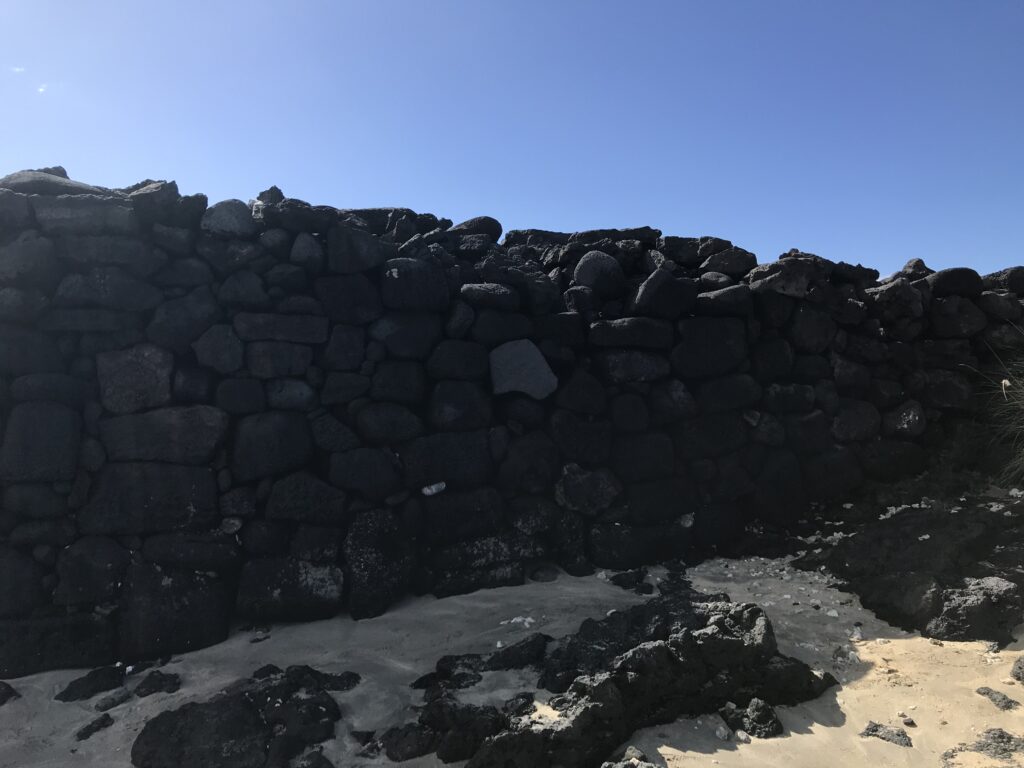
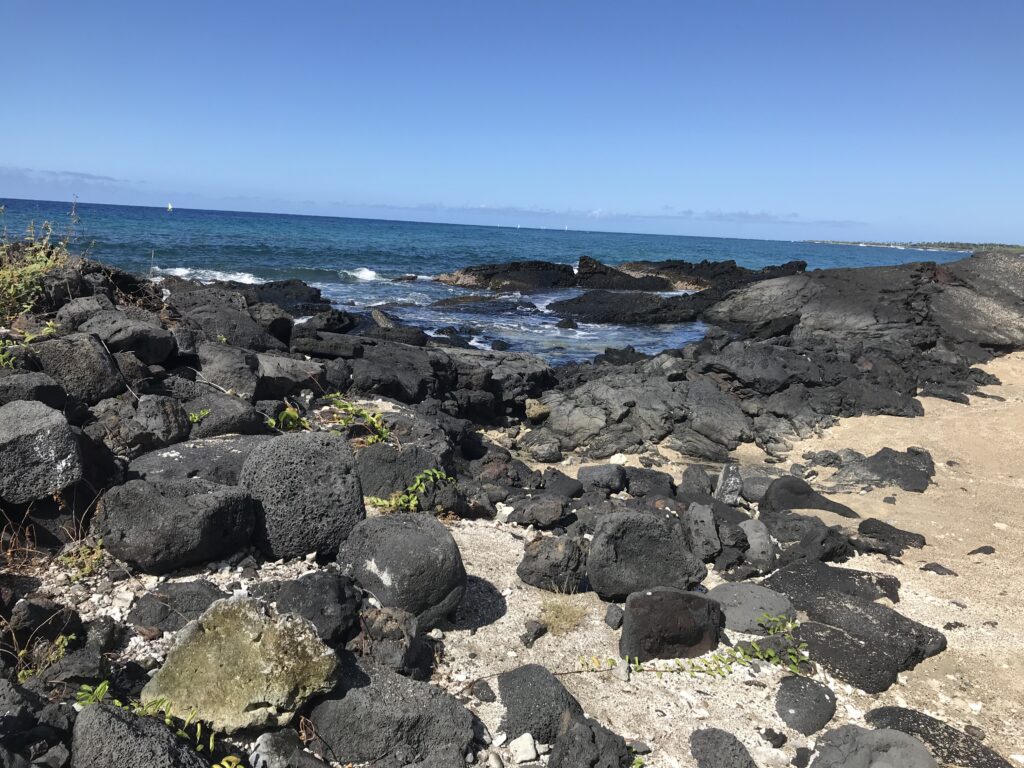
The next stop on the journey was the Pu’uhonau o Honaunau National Historic Park, where there are three Heiaus. This was an ancient place of refuge for people who had broken the sacred laws. Once inside the walls, sanctuary was guaranteed. The resident priests were obligated to offer absolution, no matter how severe a law was broken. The Heiau also offered sanctuary to people arriving across the ocean. Part of the compound was the burial place for the chiefs.
A heiau is a holy site. From there the chief ruled. The largest of the heiaus was the home of three chiefs. On the first terrace of the heiau, lived the first chief. The next chief lived on the second terrace, and the third on the top. This is an extensive site, and our guide told us stories from Hawaiian lore.
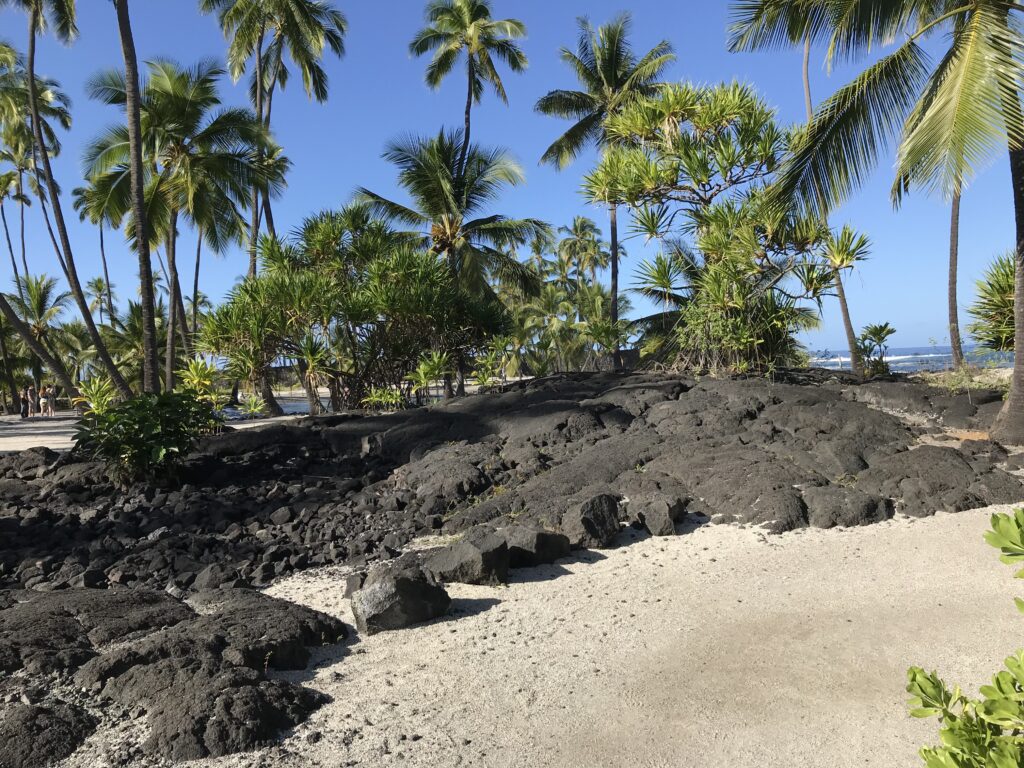
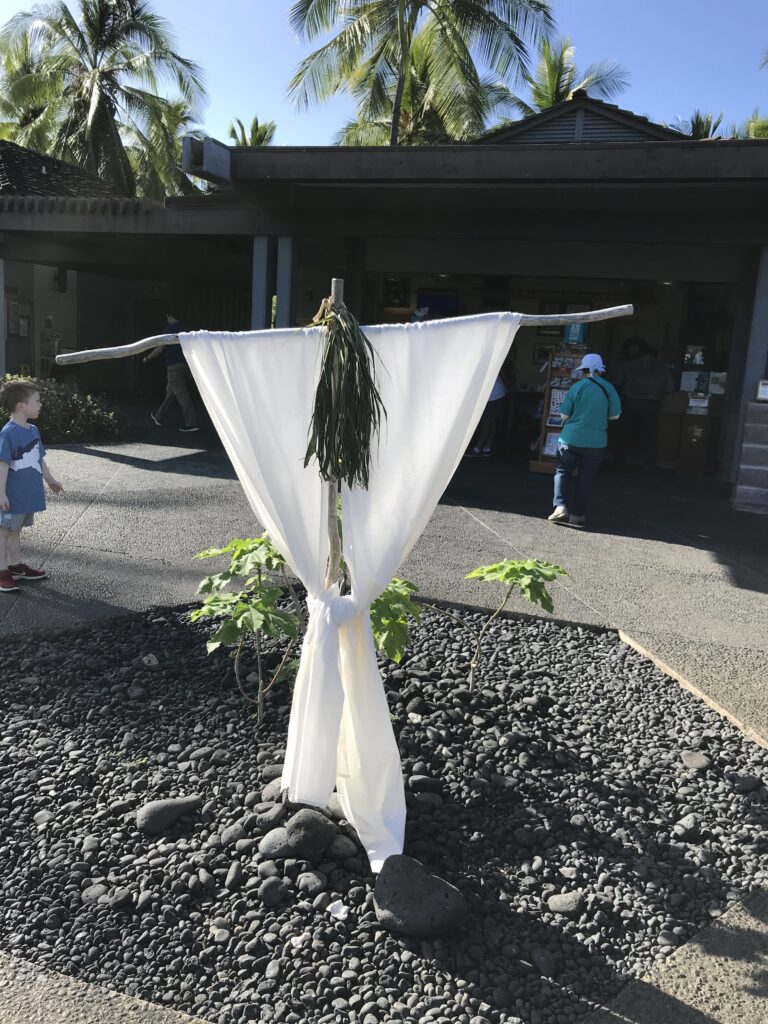
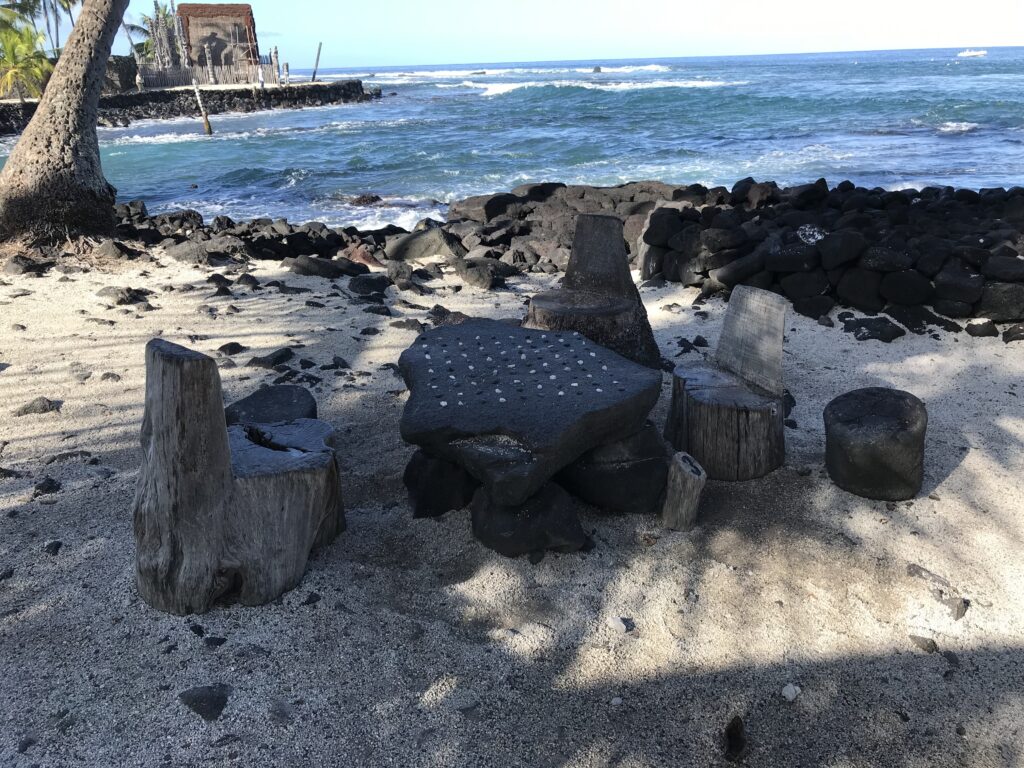
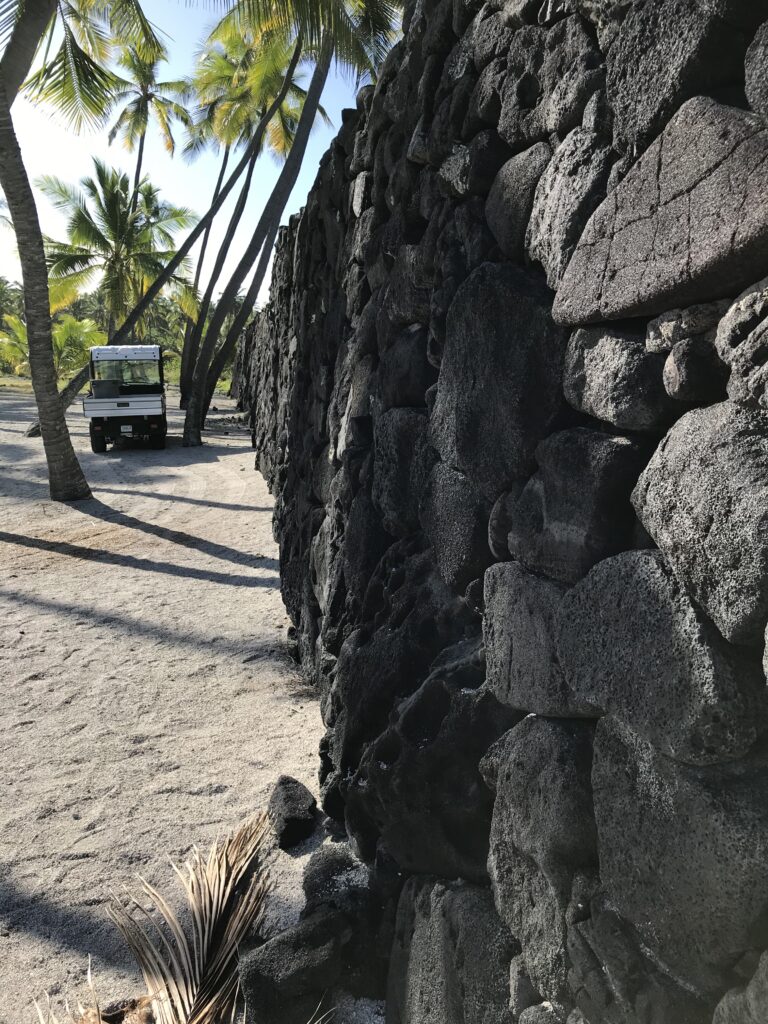
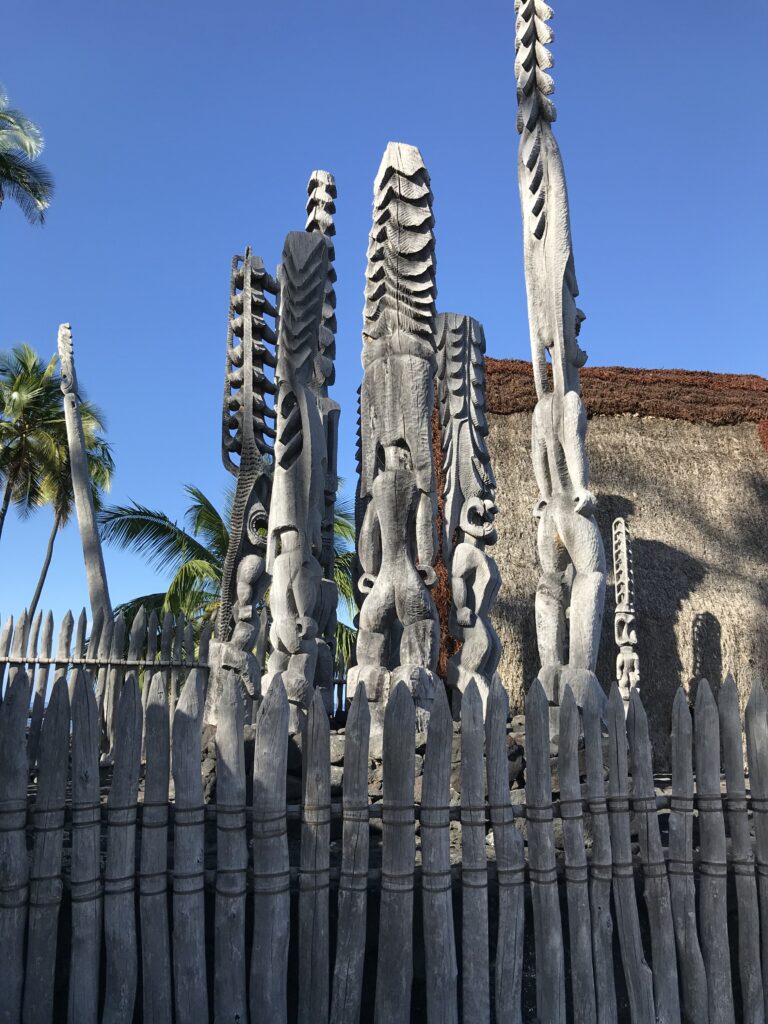

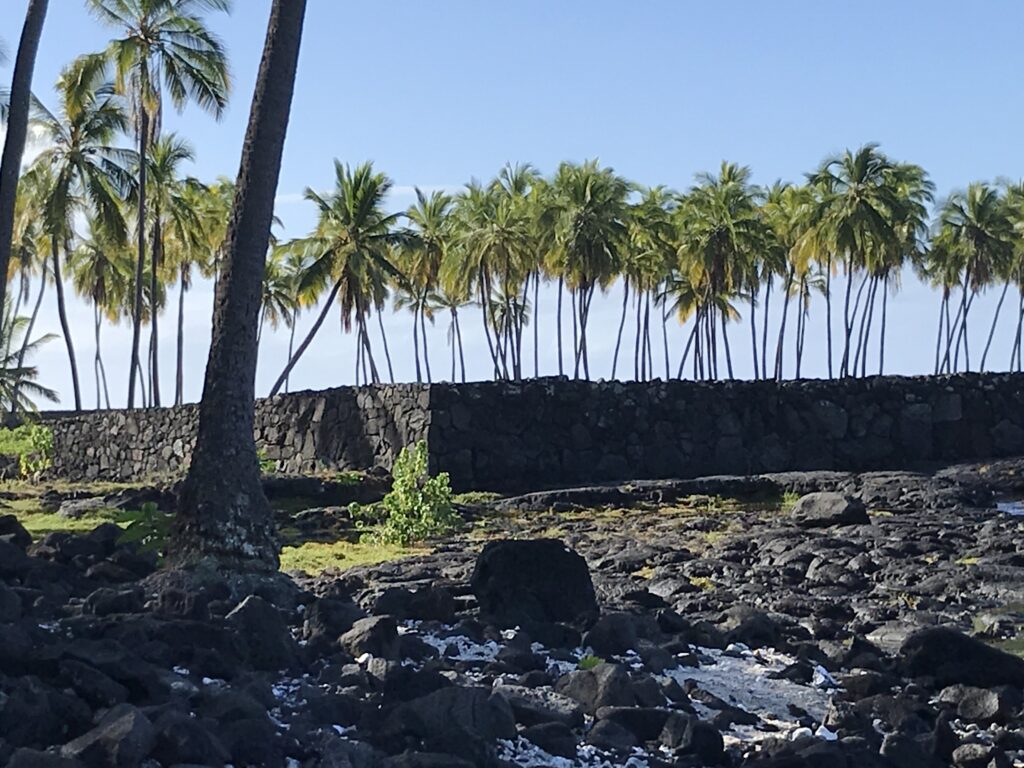
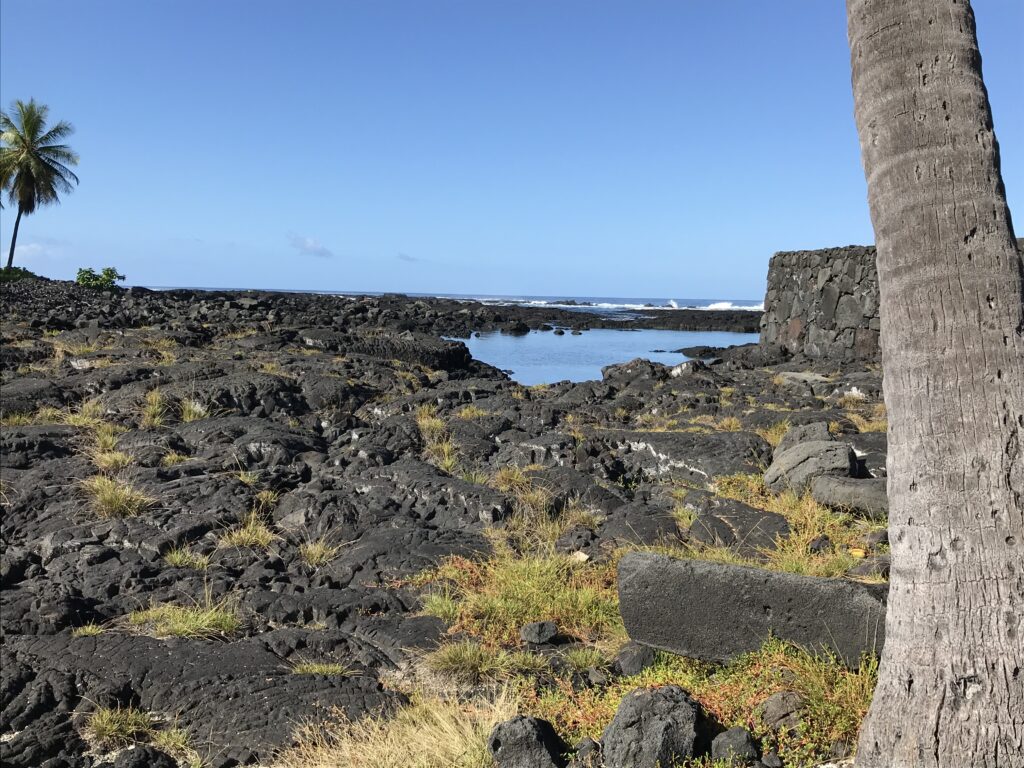
Farther down the coast, we stopped to experience a Lava Tube. The lava tube at the Kilaua is closed because of the volcano’s activity. This Lava Tube was short but large enough to walk through, an interesting experience. A lava tube is formed by a lava flow that may form under ground or above ground. When the lava cools, the tube is left.
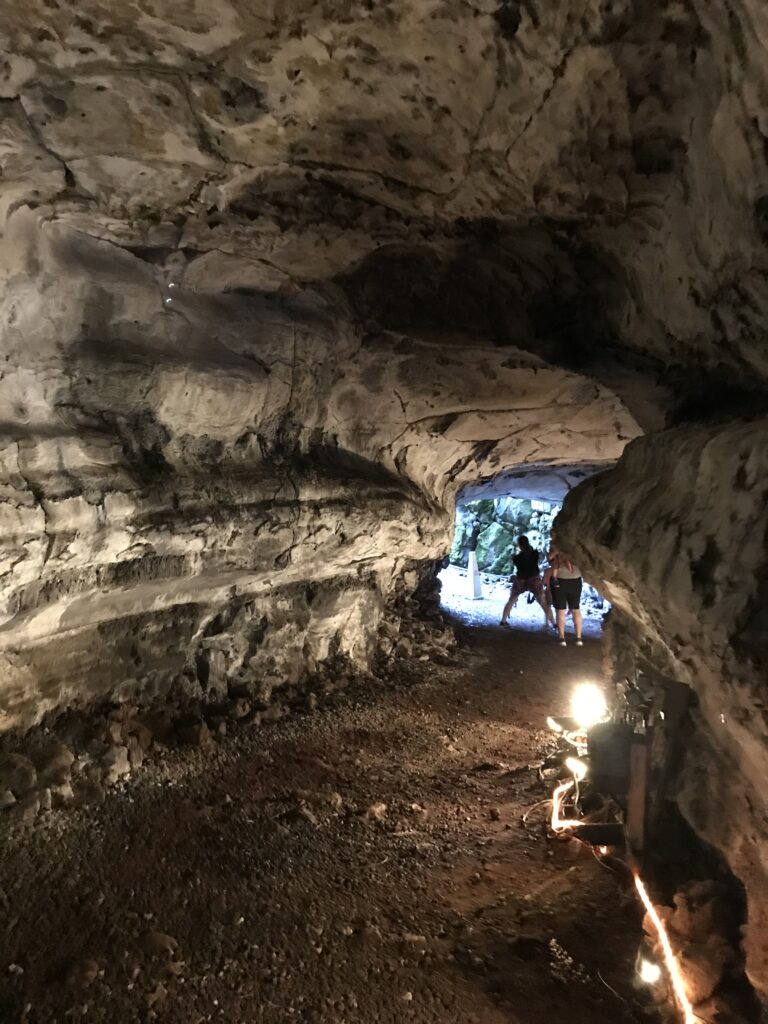
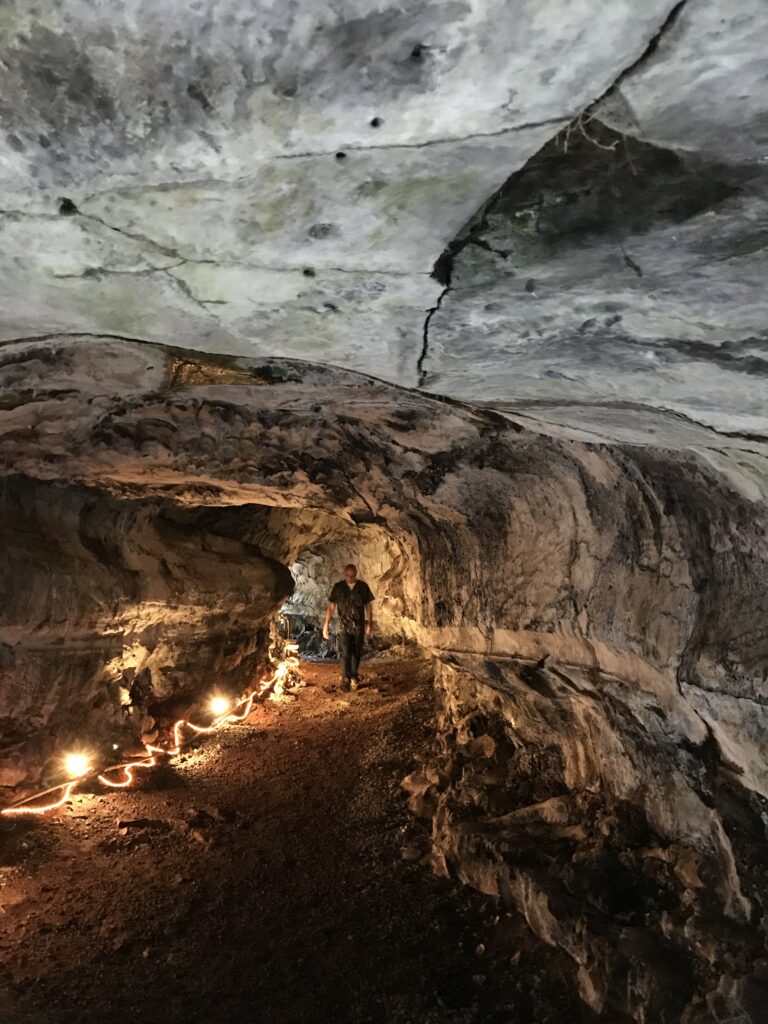

Traveling on, we stopped at the Punfalu’u Bake Shop which is the southernmost bakery in the United States. Their specialty is Malassadas or Portuguese doughnuts.
Our last stop of the day was Punalu’u beach, the most famous black sand beach of Hawai’i. The sand is formed by lava hitting the water and exploding. The best thing about the beach was the turtles. The endangered Hawaiian Green Turtle lives here. We were able to watch three on the beach.

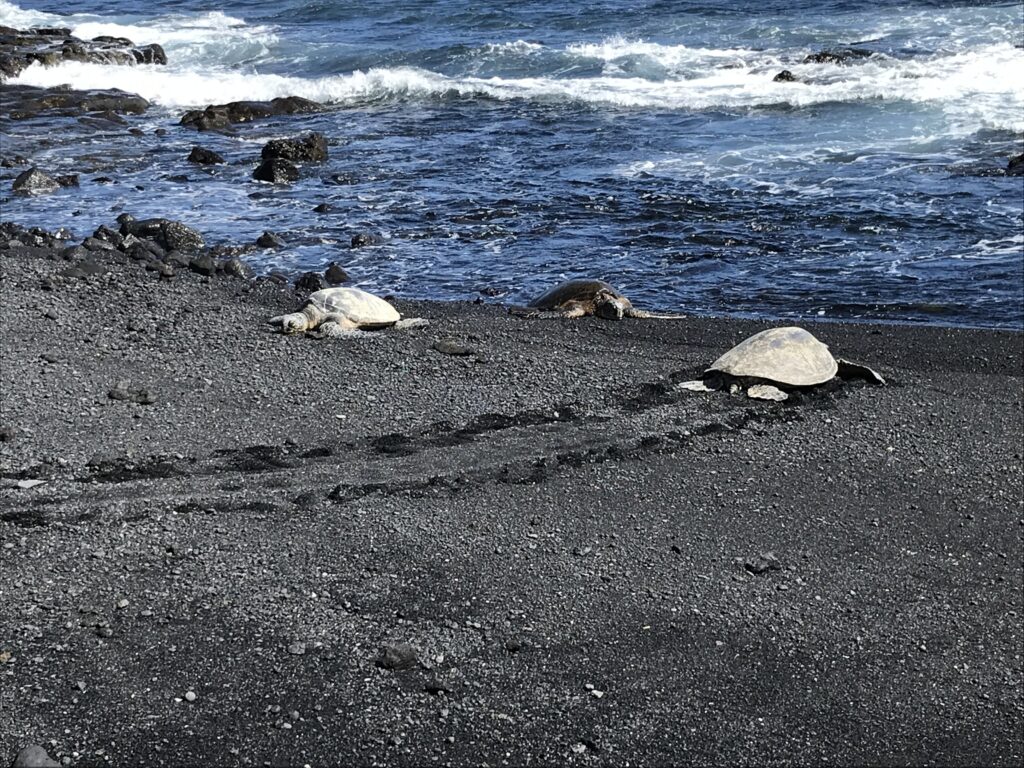
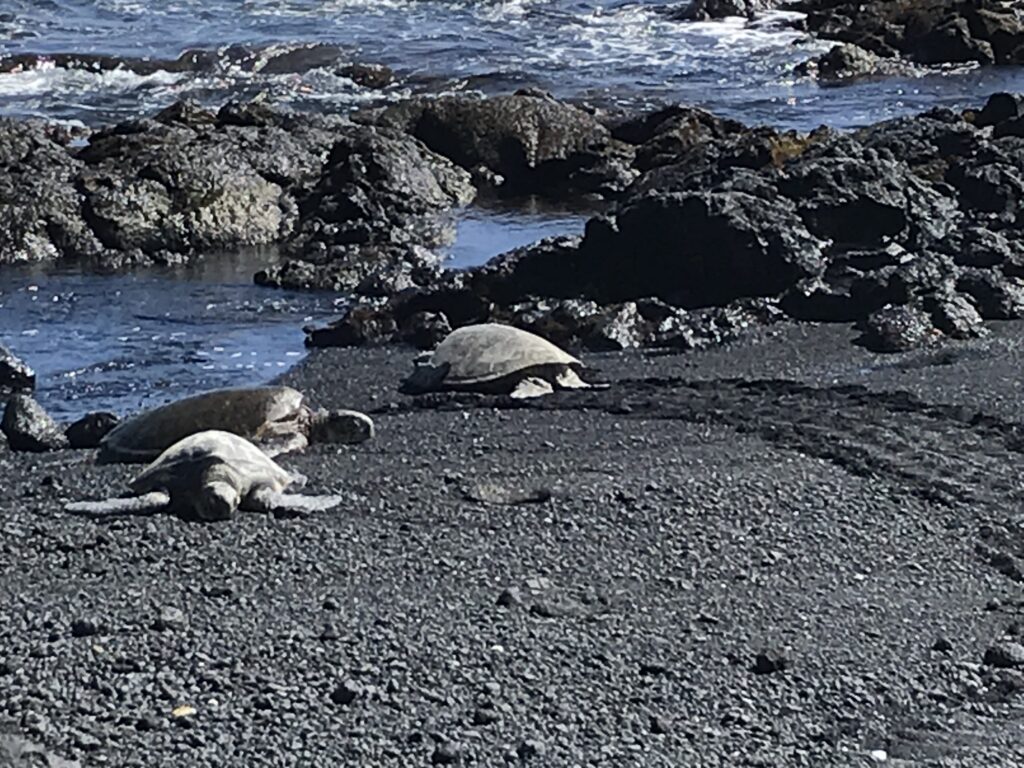
Also at the Black Sand Beach there was a Lotos pond with the flowers in bloom.

